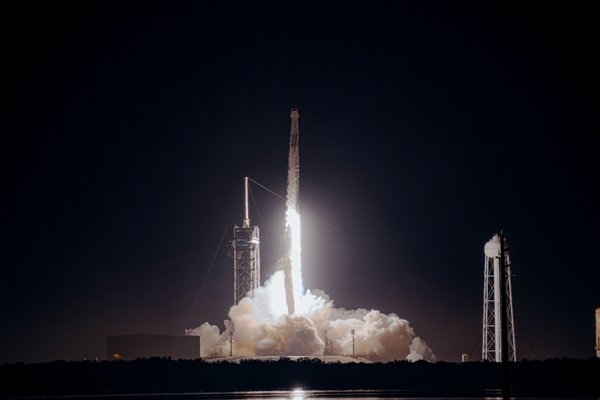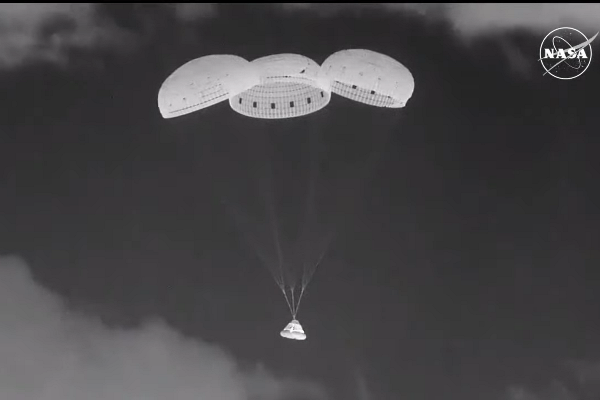Science
5 Unmanned Starship Missions to Mars to Begin Within 2 Years, SpaceX Could Launch Manned Mission in as Early as 4 Years

- Read more
- 171 reads
First Civilian Spacewalk Successfully Completed, Mission Returns Safely to Earth
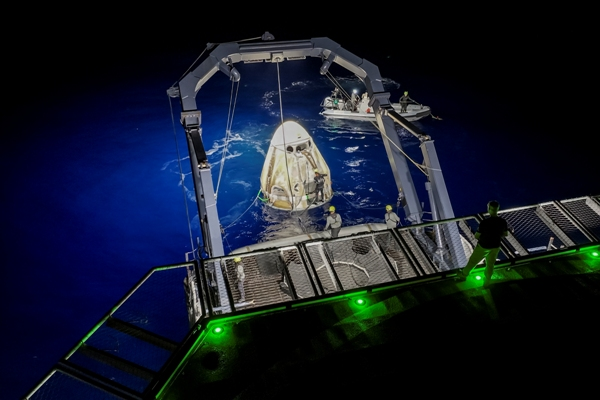
- Read more
- 152 reads
SpaceX Makes History: World's First Civilian Spacewalk by Non-Professional Astronauts
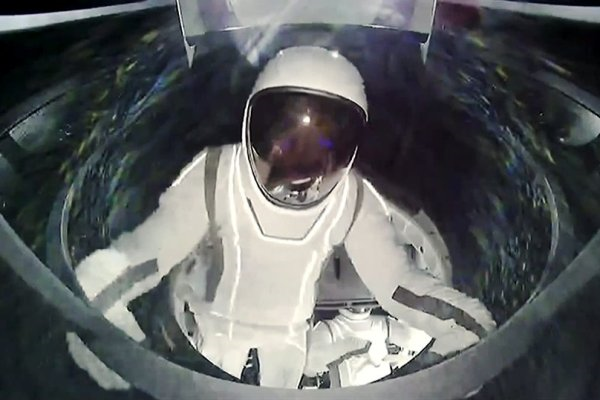
- Read more
- 166 reads
Fireball Appears Over the Philippines, Capturing the Attention of Astronomy Enthusiasts
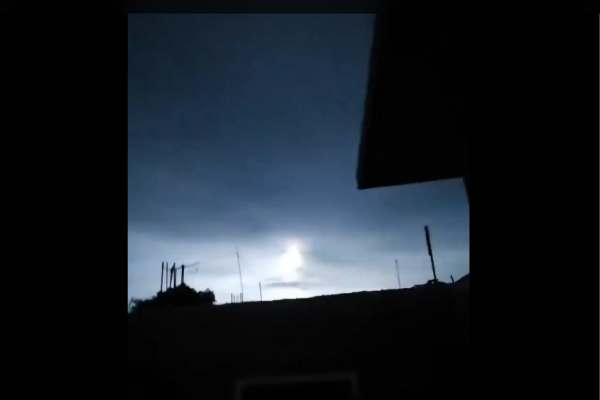
- Read more
- 168 reads
Human Rights
Visited:24,847,278
Fostering a More Humane World: The 28th Eurasian Economic Summi

Conscience, Hope, and Action: Keys to Global Peace and Sustainability

Ringing FOWPAL’s Peace Bell for the World:Nobel Peace Prize Laureates’ Visions and Actions

Protecting the World’s Cultural Diversity for a Sustainable Future

Puppet Show I International Friendship Day 2020

